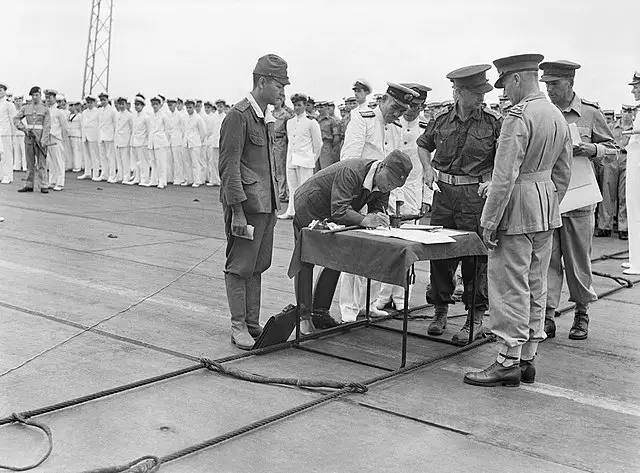General Hitoshi Imamura once walked with the quiet authority of an old-school soldier. A career military man in the Imperial Japanese Army, he carried himself with a code, a kind of harsh, uncompromising honor rooted in loyalty to the Emperor and duty to Japan. For decades, that code guided his rise. But in the end, it couldn’t save him.
This is the story of how a decorated general became a war criminal. And how even honor can become a weapon.
From Officer to Empire Builder
Imamura wasn’t some bloodthirsty brute. In fact, many accounts describe him as thoughtful, even respectful, at least by the standards of Japan’s militarized elite. Born in 1886, he climbed the ranks steadily, eventually leading major campaigns in Southeast Asia during World War II.
He was the man who oversaw the invasions of the Dutch East Indies. His troops took Java, Sumatra, and other islands in a matter of weeks. He knew how to win. And he believed in the mission: a “Greater East Asia Co-Prosperity Sphere” where Japan ruled as the dominant power.
But conquest comes with a cost.
Behind the Curtain: Atrocities Under His Command
Here’s where things get grim.
Under Imamura’s command, Japanese troops were implicated in mass executions, forced labor, torture, and starvation particularly in prisoner-of-war camps across Indonesia. While Imamura reportedly tried to instill discipline, the sheer scale of the atrocities suggests something deeper: either willful ignorance or complicity.
In one notorious case, the Burma Railway (a.k.a. the Death Railway) cost the lives of over 100,000 laborers and POWs. Though Imamura wasn’t directly in charge of the railway, the culture of brutality and dehumanization was widespread across Japanese-occupied territories. And Imamura, as a senior commander, was part of that system.
A Sentence That Spoke Volumes
After Japan’s surrender, Imamura was tried by an Australian military tribunal. In 1947, he was sentenced to life in prison for war crimes. But here’s what made headlines: he voluntarily requested solitary confinement.
Yes. Solitary.
He said he deserved to reflect in isolation on the horrors committed under his leadership. For nearly six years, he lived alone in a small cell by choice.
It was, perhaps, an attempt at redemption. Or maybe just a final expression of that rigid code of honor.
Legacy: Complicated, Controversial, and Cautionary
General Imamura was released in 1954, just seven years after his sentencing. He died in 1962, largely forgotten outside of academic circles. Unlike other infamous war criminals, Imamura didn’t crave attention. He didn’t write memoirs. He didn’t seek forgiveness. He just… faded.
But the shadow of what happened under his watch still lingers.
It forces us to ask uncomfortable questions: How much responsibility does a leader bear for the actions of their subordinates? Can honor coexist with silence in the face of suffering? Is repentance real if history forgets it?
Final Thought: The Uniform Never Tells the Whole Story
Imamura’s fall wasn’t dramatic. It was quiet. Introspective. But maybe that’s what makes it so haunting. There was no fiery end, no last stand, no courtroom theatrics. Just a man alone in a cell, replaying the choices that destroyed lives.
We often want our villains cartoonish and easy to hate. Imamura wasn’t that. He was something more unsettling: a man who believed in duty above all, until that very sense of duty became the excuse for inhumanity.
Sometimes, the most dangerous people are the ones who think they’re doing the right thing.
Sources:
1. National WWII Museum: Japanese War Crimes Trials
2. Yamamoto, Masahiro. Nanking: Anatomy of an Atrocity. Praeger Security International, 2000.
3. Australian War Memorial: War Crimes Tribunal Records

